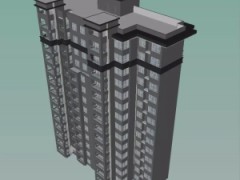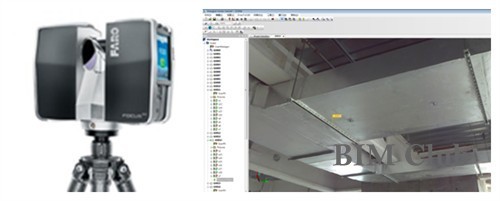BIM应用四年以来,已经在行业中达到成熟。这篇文章主要是针对现在主流公司和主流软件BIM应用的一个调查,它涉及应用过程中的协调,协作,出图等等。这篇报告由AECBYTES进行的用户调查,从中能够发现:目前,利用BIM软件进行绘制还是设计中最重要的一方面。用户希望加强软件在建模方面的能力,好让他们更容易获得模型,方便他们在建筑构件建模方面提高便利性。而在一些诸如分析,模拟等的操作,用户反而觉得不是最重要的。虽然,这些软件功能能够为设计带来很大的便利,但并不是最迫切要解决的问题。总的来看,用户看重BIM的效率和设计质量方面的应用功能。
这项调查,主要是三部分,分别是主要标准,第二个问题是相对标准,在主要标准不能满足的时候选择。第三个是附加标准。
Executive Summary
It has been close to four years since the Building Information Modeling (BIM) phenomenon started to gain momentum, and we are at the point wher it has reached a certain level of maturity. Several BIM solutions are now available for individual disciplines such as architecture, structural engineering, MEP engineering, and construction. Leading vendors such as Autodesk and Bentley also offer integrated suites of multi-disciplinary BIM solutions that can be used to improve collaboration between the different disciplines. An increasing number of third-party developers are building supporting technologies for BIM solutions to extend their capabilities to cover varied aspects of building planning, design, and construction. BIM implementation is well underway in several AEC firms, and many other firms are in the process of evaluating different solutions and drawing up a strategy to transition to BIM.
At this juncture, it seems timely for a “status check” of sorts on BIM—to better understand what everyday users from AEC firms of various sizes and demographics, with different levels of experience and expertise in BIM, are looking for from their BIM solutions. BIM is a technology with manifold aspects to it: coordination, collaboration, automated drawing production, intelligent objects, detailed performance simulations, interoperability, and so on. While all of these are important, there are some aspects that will be more critical than others at different points of time. To determine which are the most critical requirements for BIM solutions at the present time, AECbytes was recently commissioned by a leading BIM vendor to conduct a detailed survey among close to 5,500 of its registered subscribers. The excellent response rate of 12% to the survey indicated that users were eager to provide their feedback as well, so that BIM solutions could be further developed to better serve their needs.
This report captures the detailed results of the survey, which was entitled “Top Criteria for BIM Solutions.” It also provides some more details about the survey and the questions that were included, along with the demographic information of those who responded to it. While architecture was the predominant discipline that was represented, there were also a sizable proportion of respondents practicing engineering, construction, and facilities management and operations. The number of respondents from large, multi-firm offices was almost the same as those from smaller, single-office firms. In terms of BIM solutions being used or evaluated, Revit formed the majority followed by ArchiCAD and the Bentley BIM solutions. Overall, the diverse background of the respondents and their solutions provided a rich context for their inputs. The survey results in this report capture not just the consolidated feedback of all the respondents but also an analysis of the data across various segments to determine if there were any significant differences in how respondents in different categories rated the various criteria. In addition to responding to the survey questions, many respondents took the time and the initiative to provide additional feedback on their requirements for BIM, an overview of which is also presented towards the end of this report.
The results of this survey indicate that at the present time, the need for drawing production is still paramount, making this the top ranking criterion for BIM solutions across all categories of firms and respondents. Other highly rated criteria include enhanced modeling capabilities with smart objects, the ready availability of object libraries so that effort is not wasted in re-creating standard building components, support for distributed work processes, and the ability to work efficiently on large projects. The quality of the Help and supporting documentation earned a surprisingly high rating, which should come as a wake-up call to those vendors who spend far too little time on providing good learning resources to accompany their solutions. Aspects such as analysis, performance simulations, and interoperability rated a little lower on the importance scale, indicating that while these aspects are also significant benefits of BIM, they are not “burning issues” right now. Also, the importance of generating renderings and animations seems to have diminished considerably, indicating that the AEC industry is moving beyond the need to create jazzy presentations for clients and is focusing more on higher-value aspects of BIM such as efficiency and quality.
Even though this survey was commissioned by one BIM vendor, its results should be valuable to all the BIM vendors as they plan on the future direction of their solutions, as well as to AEC firms as they move ahead with their BIM evaluations and implementations. It will also be interesting to compare the results of this survey with future surveys of a similar nature to get a sense of the evolution of AEC technology and our progress as an industry.









